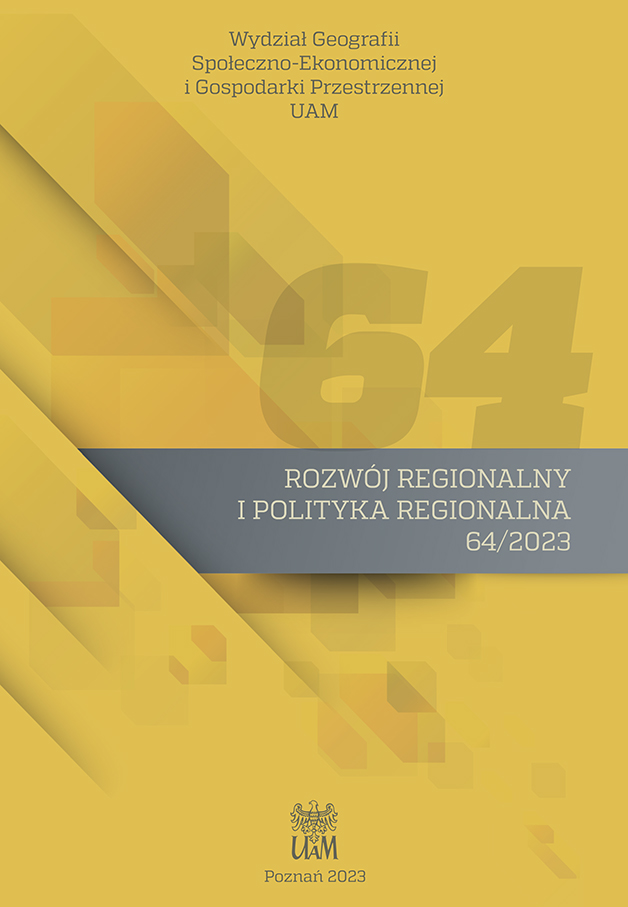Identyfikacja obszarów cichych w mieście. Studia przypadków Lublina i Radomia
Quiet areas in the city. Planning and design challenges
Author(s): Sebastian Bernat, Martyna AndrzejewskaSubject(s): Architecture, Rural and urban sociology
Published by: Uniwersytet Adama Mickiewicza
Keywords: noise; quiet; soundscape; surveys; Lublin; Radom
Summary/Abstract: Protection from noise is one of the most important challenges of the modern world. The problem of assessing and managing environmental noise is addressed by Directive 2002/49/EC. One of the instruments proposed in it is the identification of quiet areas within agglomerations and out- side agglomerations. This instrument was also introduced into the “Environmental Protection Law” (2001) in Poland. The identification of quiet areas is the responsibility of county councils and is binding for planning and zoning instruments. Although the identification of quiet areas in Europe is still in progress, it is noticeable that the degree of progress is different among European countries. In Poland, this instrument is treated marginally. The applicable legal acts do not specify what criteria should be used in the delimitation of quiet areas. Some guidance can be found in scientific publica- tions and manuals prepared, among others, by the European Environmental Agency.The aim of this research is to identify quiet areas in two Polish cities: Lublin and Radom. Environ- mental noise protection programs and planning documents were analyzed for them. This allowed to recognize whether quiet areas were proposed for the studied cities. The main part of the article is the presentation of the results of surveys conducted among the residents of both cities, which resulted, among other things, in preliminary proposals of quiet areas. The presentation is preceded by a liter- ature review of the identification and functioning of quiet areas in other European cities. The article concludes with an overview of the planning and design challenges in delimiting and developing quiet areas in the city. Reference is also made to the idea of soundscape and acoustic design.An analysis of the environmental noise protection programs for Lublin and Radom showed that no quiet areas were proposed for the first mentioned city, while 25 (in the 2013 program)/4 (in the 2018 program) quiet areas were proposed for the second. However, neither city has designated such areas by resolution. Surveys showed that, according to the majority of respondents, the iden- tification of quiet areas is needed. As quiet areas, they most often indicated green and blue urban infrastructure objects with recreational functions. In the case of Radom, some of them coincide with the areas selected in the current program of environmental protection against noise. However, these indications are less numerous than in the case of Lublin. The vast majority of respondents indicate the important role of close accessibility of quiet areas. Based on a review of the literature and the practices of other cities, it was shown that quiet areas should be the subject of planning and design with the involvement of residents. It is also important to strengthen public education about quiet, noise and soundscapes.
Journal: Rozwój Regionalny i Polityka Regionalna
- Issue Year: 2023
- Issue No: 64
- Page Range: 97-116
- Page Count: 20
- Language: Polish

